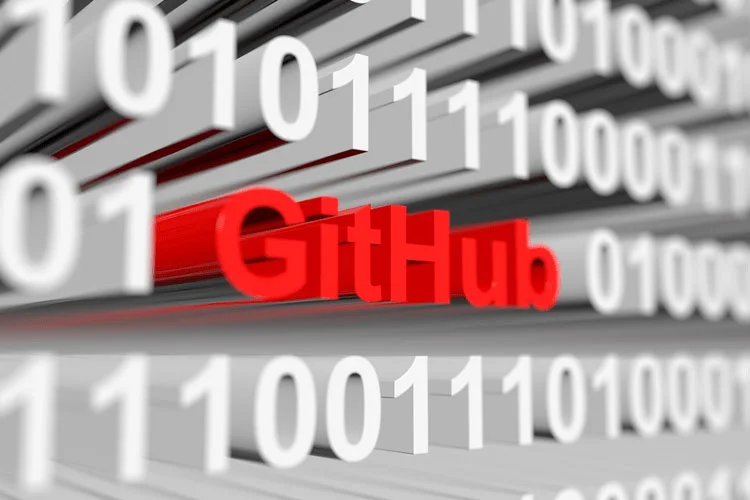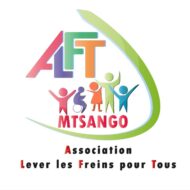The daily scrum meeting is held every morning to track the team’s progress and remove any blockers that need to be resolved. Product owners sort and prioritize the backlog, while independent teams work on the prioritized task list to deliver in small increments at the end of each sprint. First introduced a decade ago by Corey Ladas, Scrumban was intended as a transitional state for Scrum teams moving to Kanban but later emerged as a framework of its own. It now leverages elements of Scrum and Kanban and focuses on continuous work with short cycles for planning. Kanban is best used for production support or for projects where teams have a continuous influx of work, production issues, or unplanned requests or tasks.
Then, other work is only initiated when some of those activities finish, so there are never more tasks in progress than the number the team deems it can handle at once. So, here are two seemingly unrelated agile methodologies that fall under the larger scrumban board umbrella of project management. But just like chocolate and peanut butter, when you put them together you get something not only tasty but highly effective. Scrumban methodology has been born as a hybrid of the agile frameworks Scrum and Kanban.
What is the Scrumban methodology?
In the first Scrumban iteration, your team should try to predict how many product backlog items they will be able to deliver, or the Throughput Forecast. As new sprints occur, you will have an average throughput history and you can adjust the WIP Limit according to the reality of the team’s performance. The size of the iteration is measured in weeks, with the ideal size of an iteration depending on the work process of your team. Speed (a measure of productivity) is commonly used by the team to help understand any issues throughput to support continuous improvement. The scrumban methodology is particularly valuable for projects that generate a continuous queue of work with no defined deadline for completion.

Rather than focusing on sprints and scheduled deliveries, it focuses on to-do lists and spreading work out across the team. In other words, at any time, you can change which tasks will be completed next as long as you don’t increase the number of assigned tasks. Scrumban teams also use kanban processes, such as the pull system, which provides a continuous workflow.
Exploring Scrumban?
Scrumban blends the ideas of Scrum and Kanban and consistently produces solutions. The idea behind Scrumban was created to help teams switch from Scrum to Kanban. Scrumban method became increasingly popular with time because it integrates the finest components from both Scrum and Kanban to get the best possible results.
With Scrum, a team organizes itself into specific roles, including a Scrum master, product owner, and the rest of the Scrum team. The team breaks its workload into short timeframes called sprints. Because Scrumban teams don’t typically work in timeboxed iterations, there’s no need to estimate their tasks with story points. Instead, development teams decide what to do next by order of priority. When there’s room for another card under the work-in-progress column on the https://www.globalcloudteam.com/, team members pull whatever item has the highest priority. In short, Scrumban is a project management methodology that combines the time-planning of Scrum with the visual workflow management of Kanban.
About the Scrumban board
For example, the company doesn’t have enough resources to support a Scrum environment, or the team finds Scrum’s requirements too rigid. Scrumban was originally intended to help teams transition from Scrum into Kanban. However, many teams found that the midpoint was actually a great place to stay. For that reason, you’ll find nuances in the way different companies implement Scrumban.

This type of event is optional (like most Agile meetings in Scrumban), but it can be a great learning opportunity for the team. Scrumban usually nixes story points too, which help Scrum teams decide what they’ll work on in an upcoming Sprint. Instead, Scrumban teams decide what tasks to do next based on priority. Scrum doesn’t inherently require a visual aid, but the Scrum Team can use a Scrum Board to better organize their work. The simplest type consists of only 3 columns (To do, In progress, and Done), but the team can add as many columns (or rather, categories) as necessary.
Step 1: Develop a Scrumban board
Unfortunately, like all other methodologies, Scrumban has its drawbacks. However, there are fewer drawbacks to using Scrumban than to using either Scrum or Kanban alone. This video walks you through how to setup Scrumban for your team.
- Determine whether or not you will have daily stand-up meetings, and what time, and what everyone is expected to bring.
- Kanban does not have predefined iterations, but teams may use short time scales, like weekly goals, or longer plans, like quarterly goals, while still working in a continuous fashion.
- After finishing the sprint, the team will start testing the new features, moving them to the “TESTING” column in their board.
- Its lack of an official foundational guide ensures there’s no dogma or holy text for zealots to point to.
- Scrum is often the best option for projects that are expected to develop and deliver physical products consistently.
Planning meetings are scheduled based on when that list is depleted, which is dependent on how fast the team finishes the current set of tasks. Scrum by definition is structured and rigid due to the necessity for regular iteration planning, reviews, and retrospectives. Kanban adds continuous improvement, visualization, and flexibility to the scrum process.
Now, let’s take a look at some of the drawbacks of using the Scrumban methodology:
To make sure this rule is followed Scrumban uses WIP (work in progress) limit. A WIP limit usually is equal to the number of people in the team but could be expanded based on the specifics of the team’s work. Kanban is a visual-first management methodology that focuses on process improvement by streamlining your visual workflow. In Kanban, your tasks are laid out on a Kanban board to visualize the various progress stages they’re in.

A Kanban-style daily meeting, however, might be more appropriate in Scrumban. Such a meeting focuses on the tasks and usually takes only about 15 minutes. This is an extensive list of items that need to be completed to create the final product. Even in its basic form, the items in the Product Backlog are prioritized in some way.
Scrumban vs Scrum
Together, the team decides what needs to be done first and discusses the list of prioritized tasks. As team members complete their current task, they start pulling the prioritized tasks in their queue. It’s crucial to set a limit on WIP items for each column as a team.
